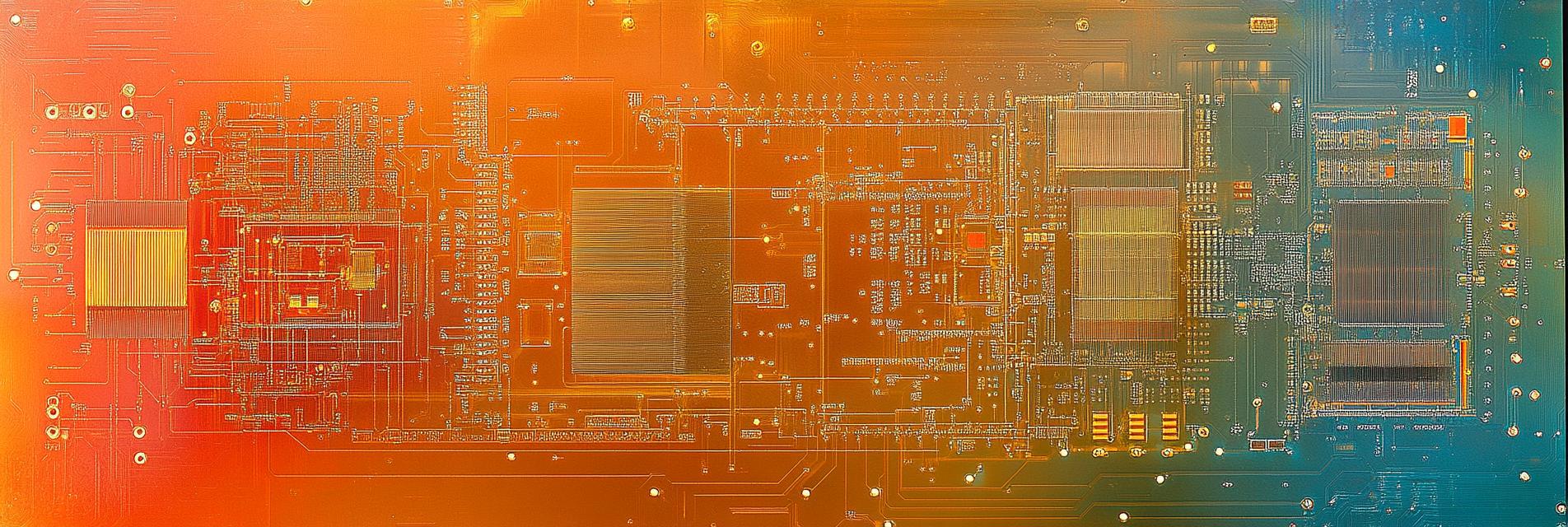Impedance matching is crucial in ensuring that the signal integrity is maintained in high-frequency electronic applications. When signals travel through a PCB, mismatched impedance can cause reflections that degrade performance. By customizing impedance matching in four-layer rigid-flex PCBs, manufacturers can achieve superior electrical performance and reliability.
Rigid-flex PCBs combine the benefits of both rigid and flexible circuit boards. They are ideal for applications where space is limited, and flexibility is required. This unique combination allows for multi-dimensional designs while still maintaining robustness. However, achieving optimal performance requires careful consideration of impedance matching during the design stage.

Custom PCB design allows for adjustments to be made specifically for the impedance requirements of the application. Through careful consideration of trace width, dielectric material, and layer stack-up, designers can create a PCB that meets the exact specifications for impedance. This degree of customization leads to improved signal fidelity and overall system performance.
Optimized designs derived from custom impedance matching methodologies lead to enhanced electrical performance. By minimizing signal reflections and ensuring that the transmission lines are efficiently utilized, companies can prolong the life of their components while maximizing reliability. This is particularly important in high-speed and sensitive applications where every microsecond matters.
In summary, the benefits of custom impedance matching in four-layer rigid-flex PCBs cannot be overstated. Engineers who leverage this technology can significantly boost the reliability and performance of their electronic products, making them more competitive in the marketplace. Invest in precise design practices today to secure a technological edge and ensure future success in electronic applications.
